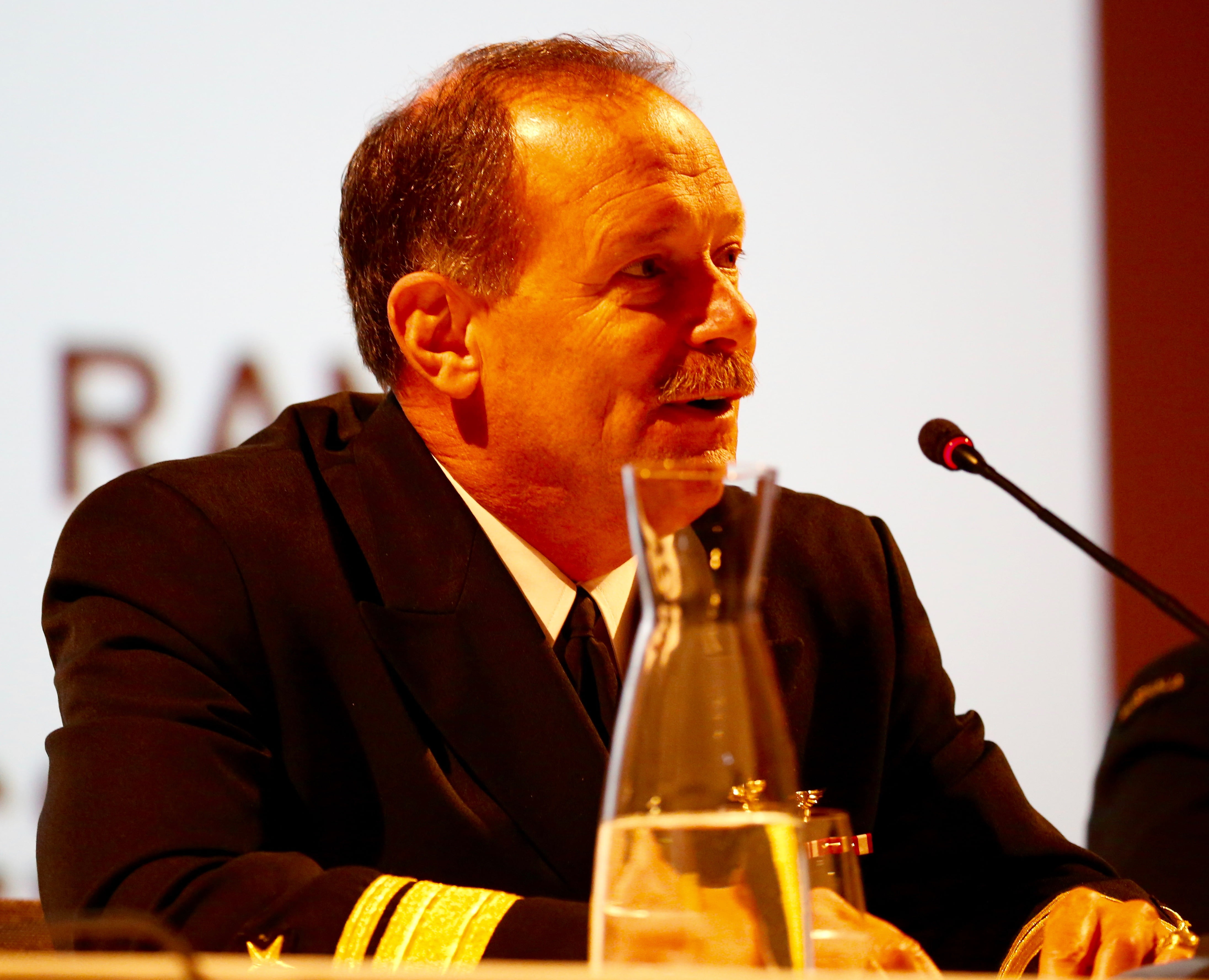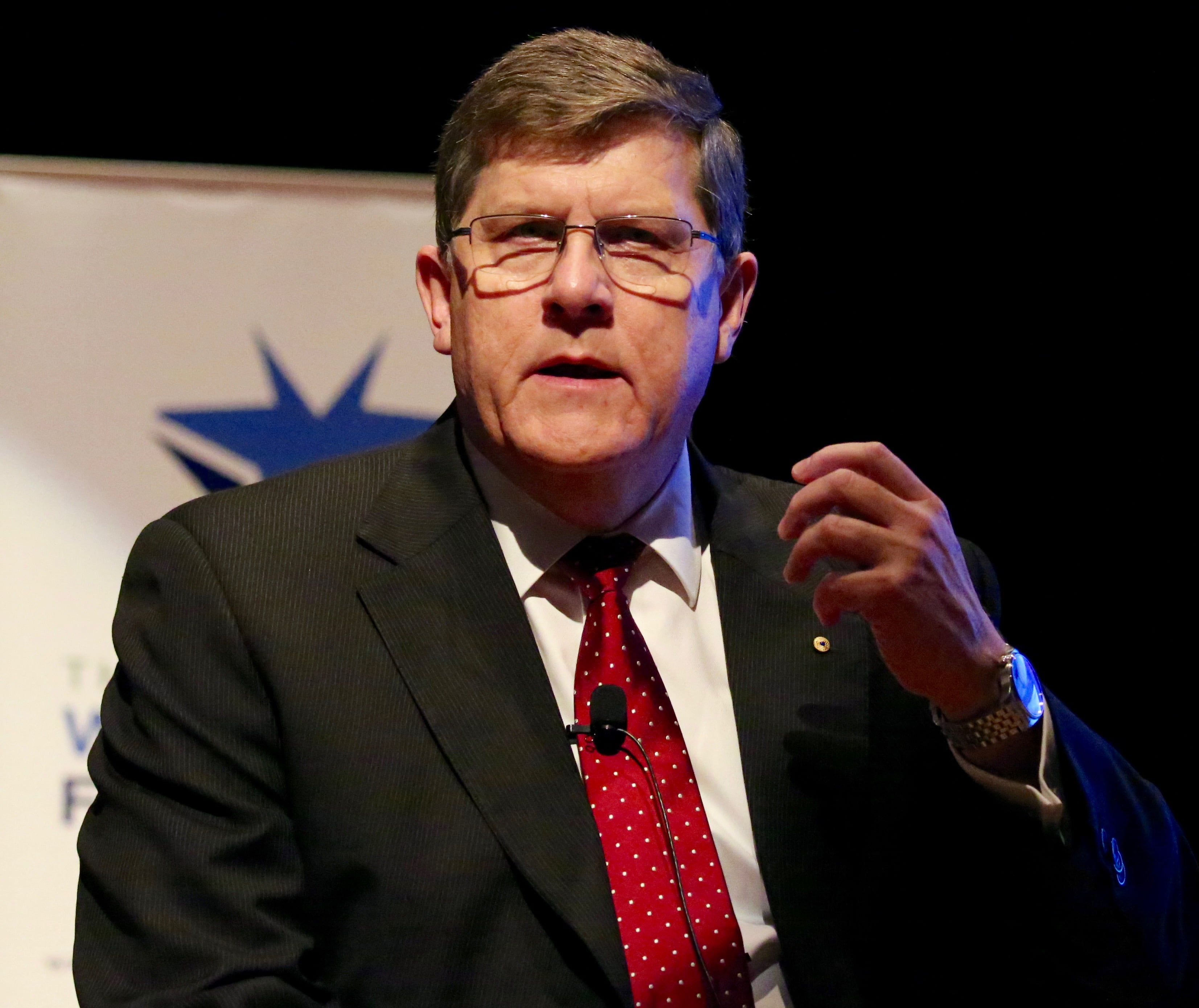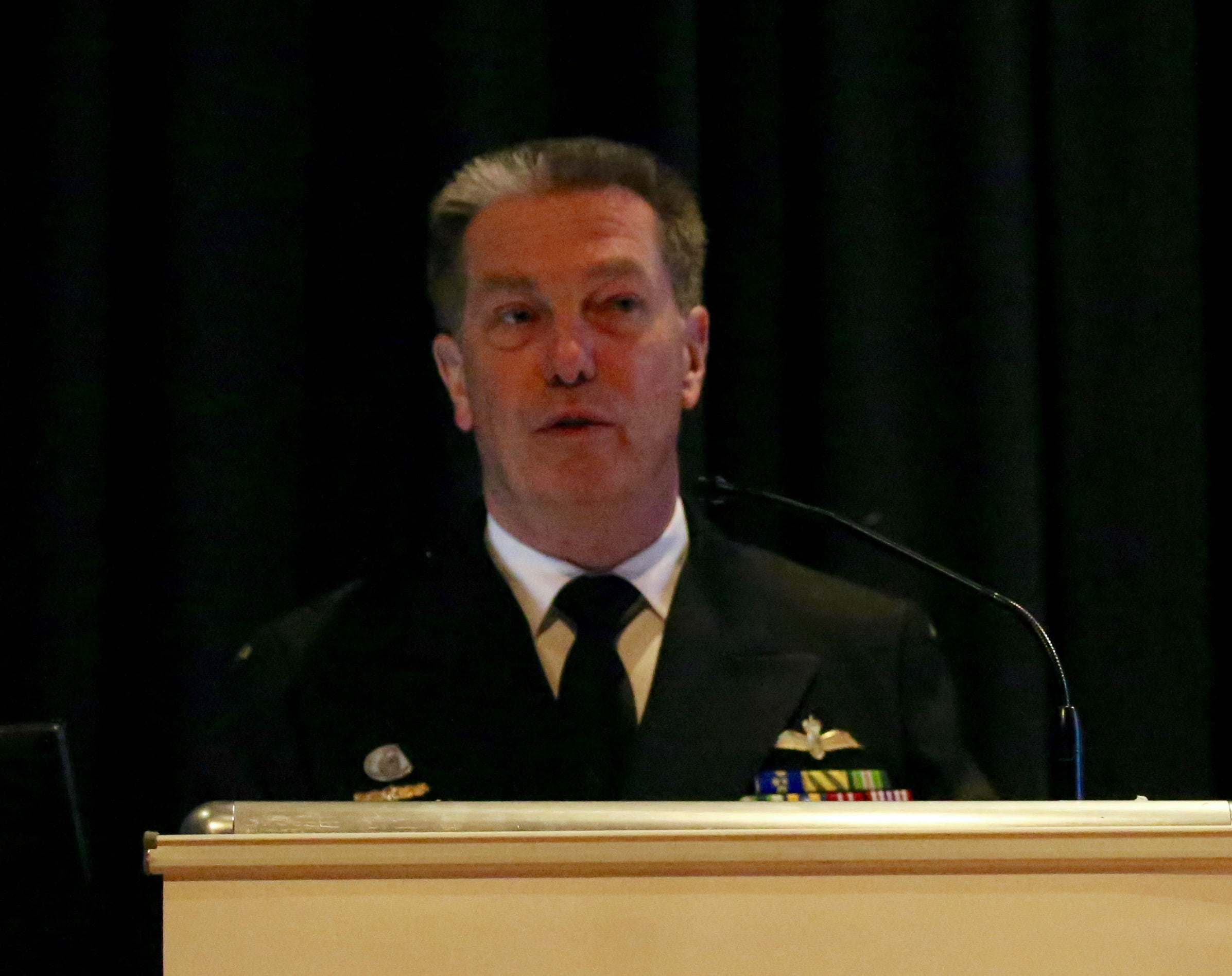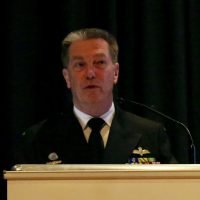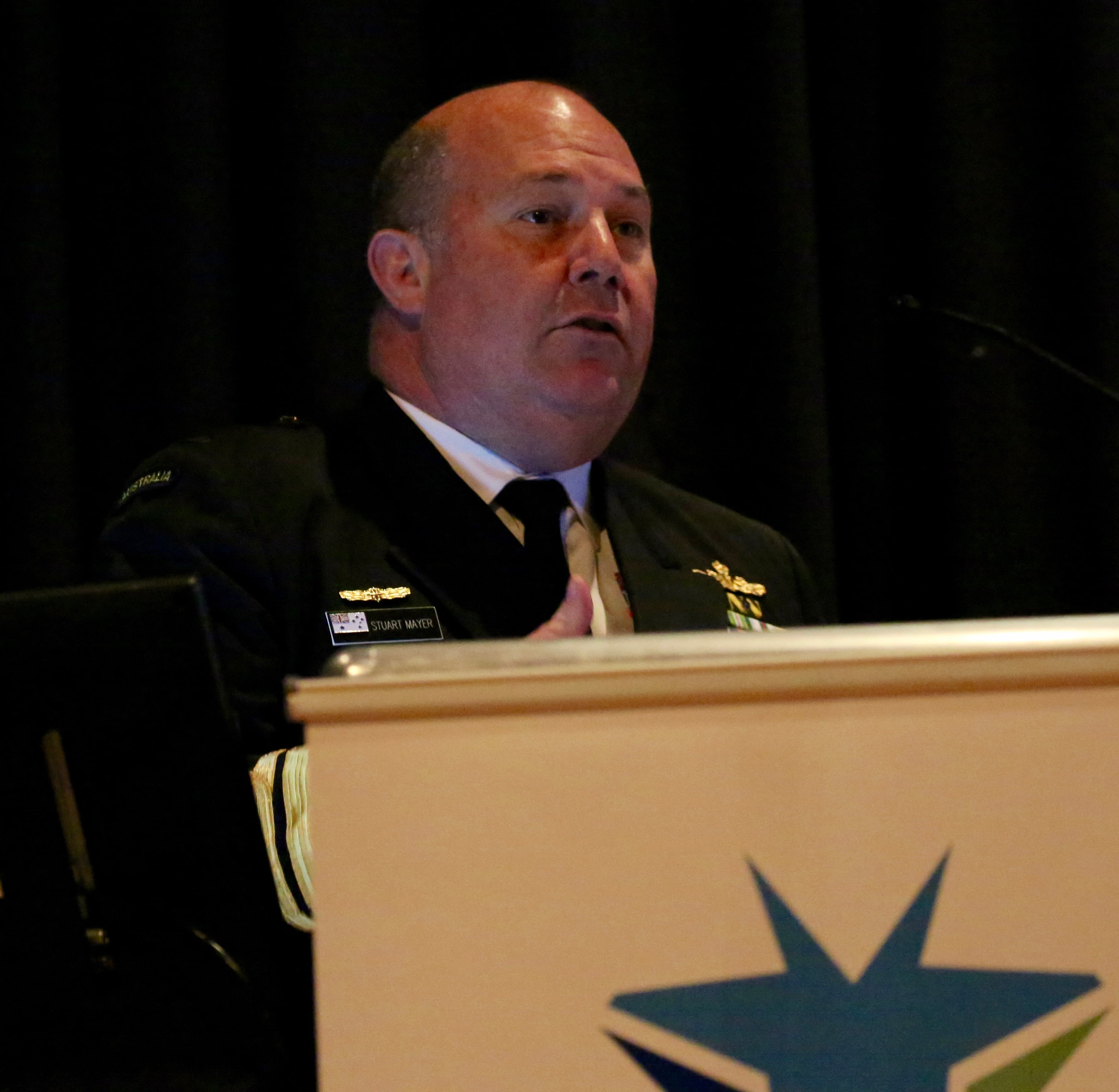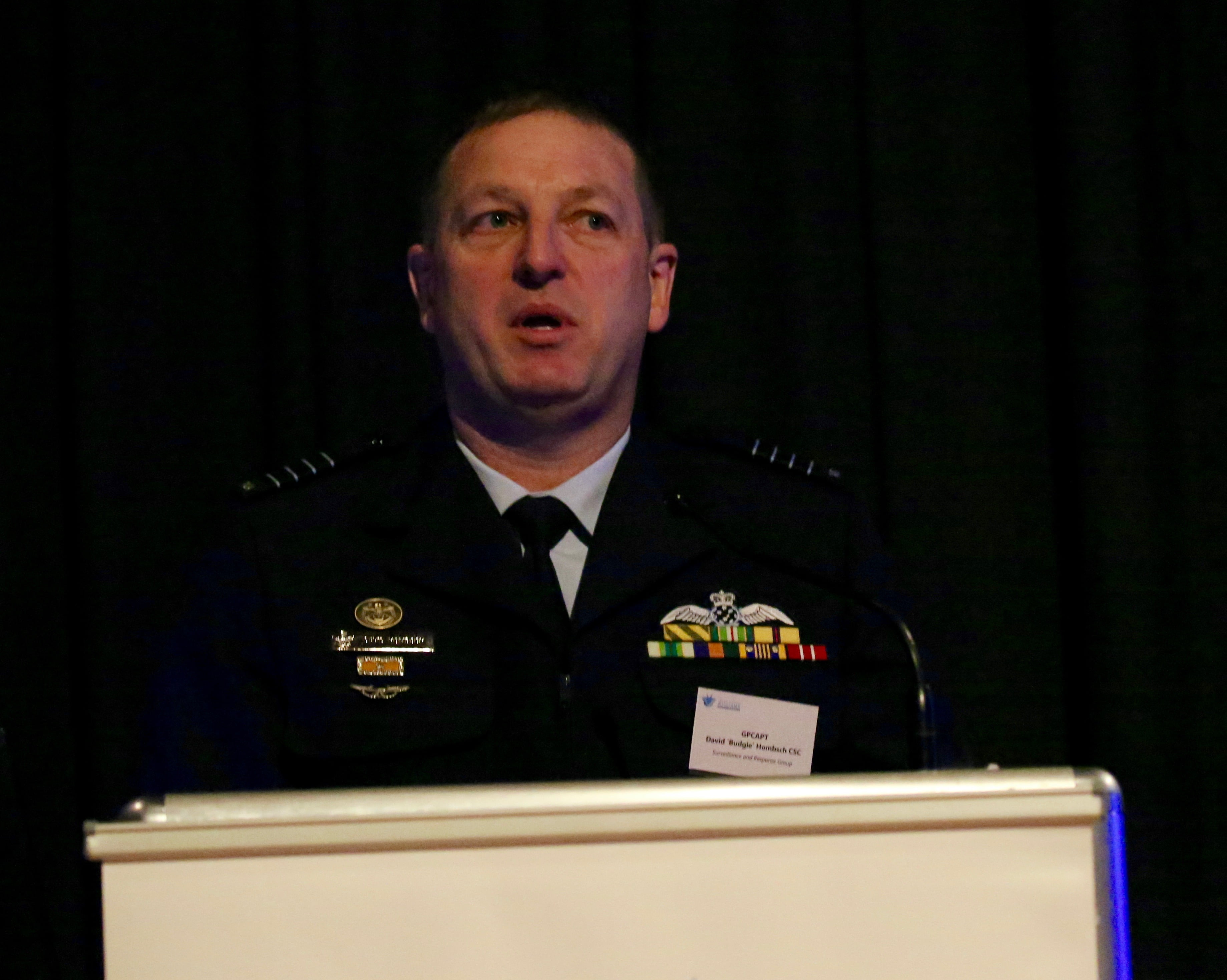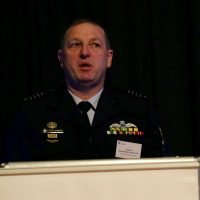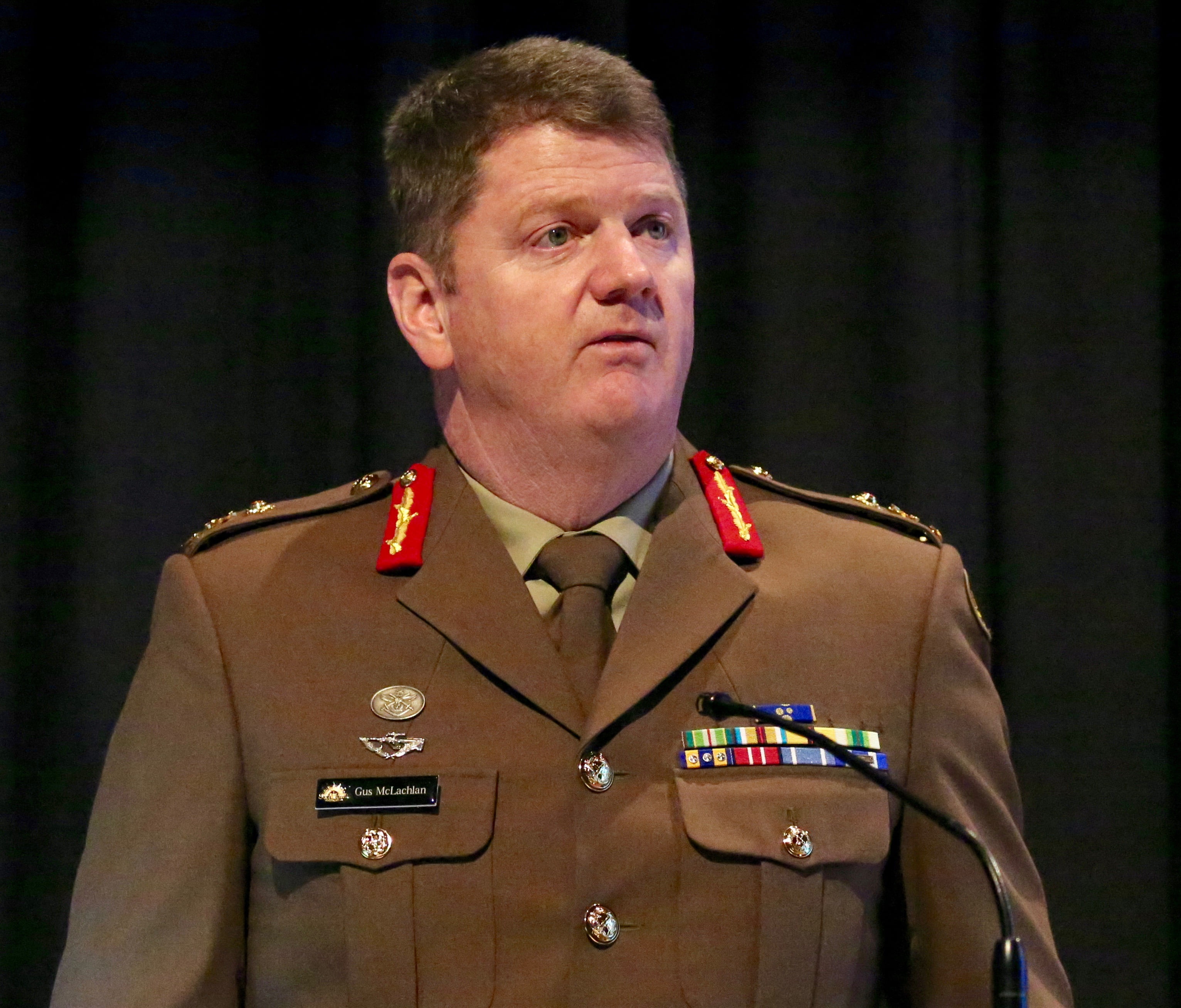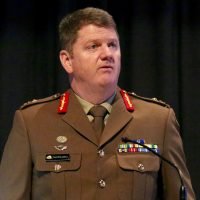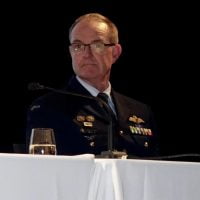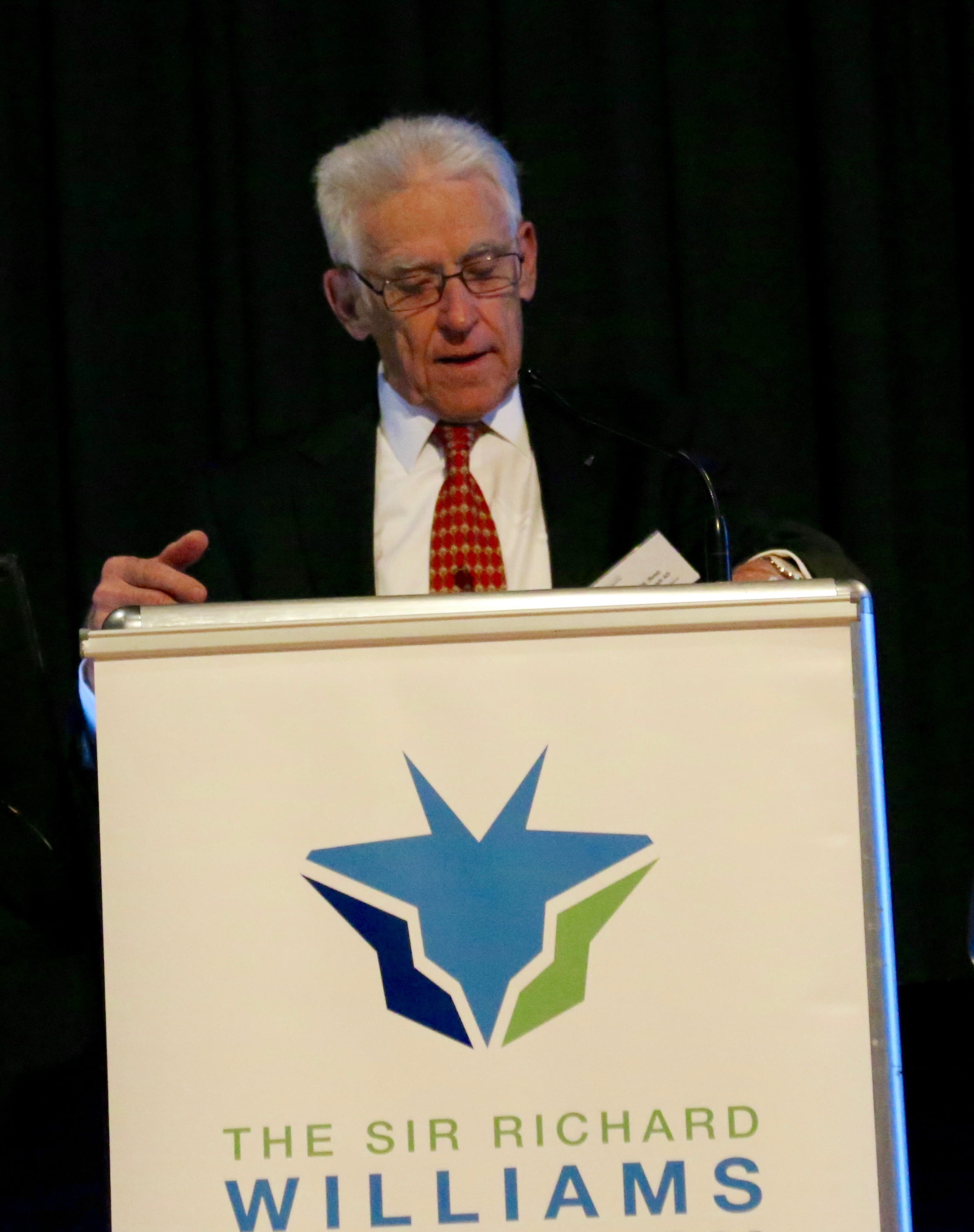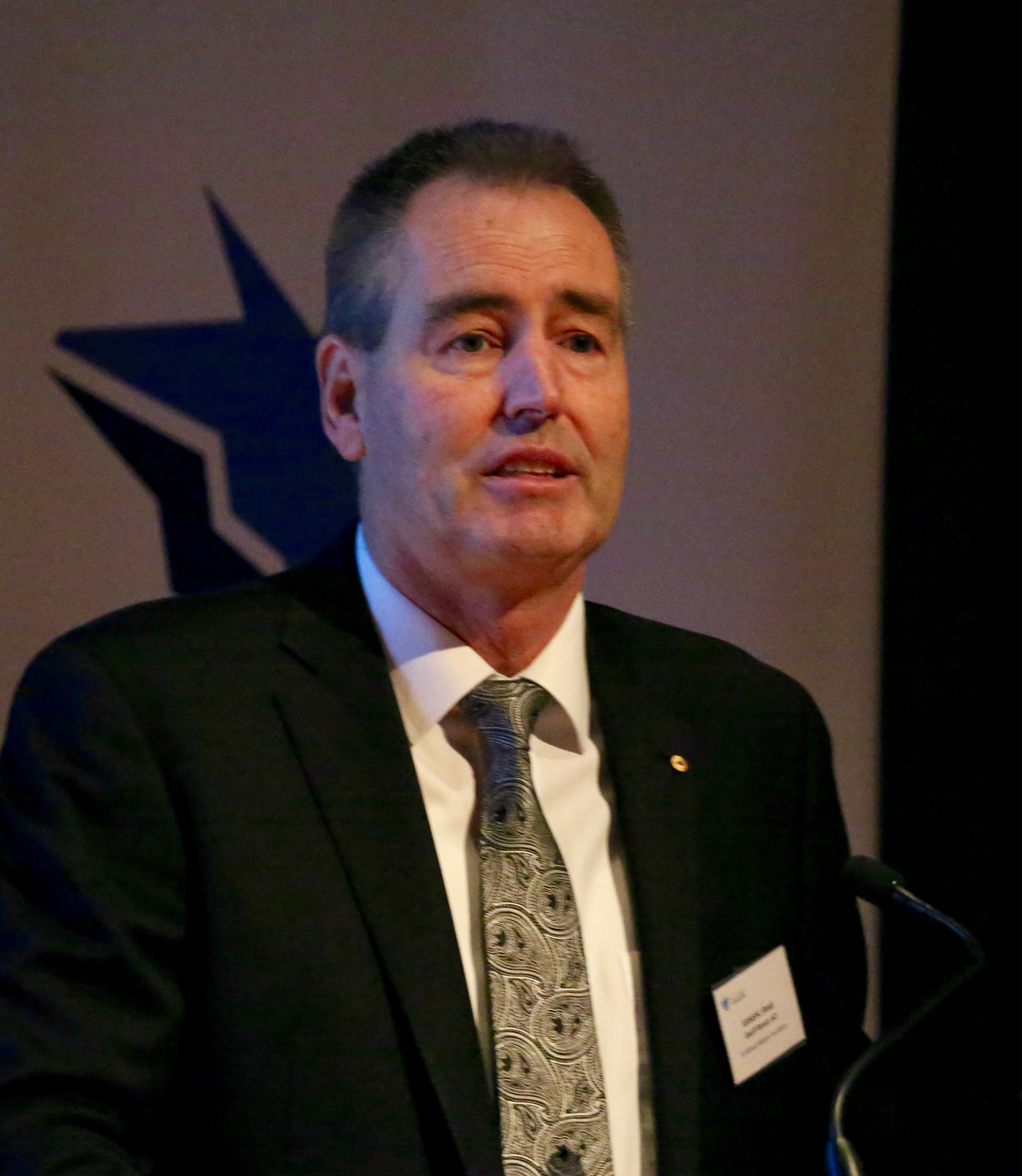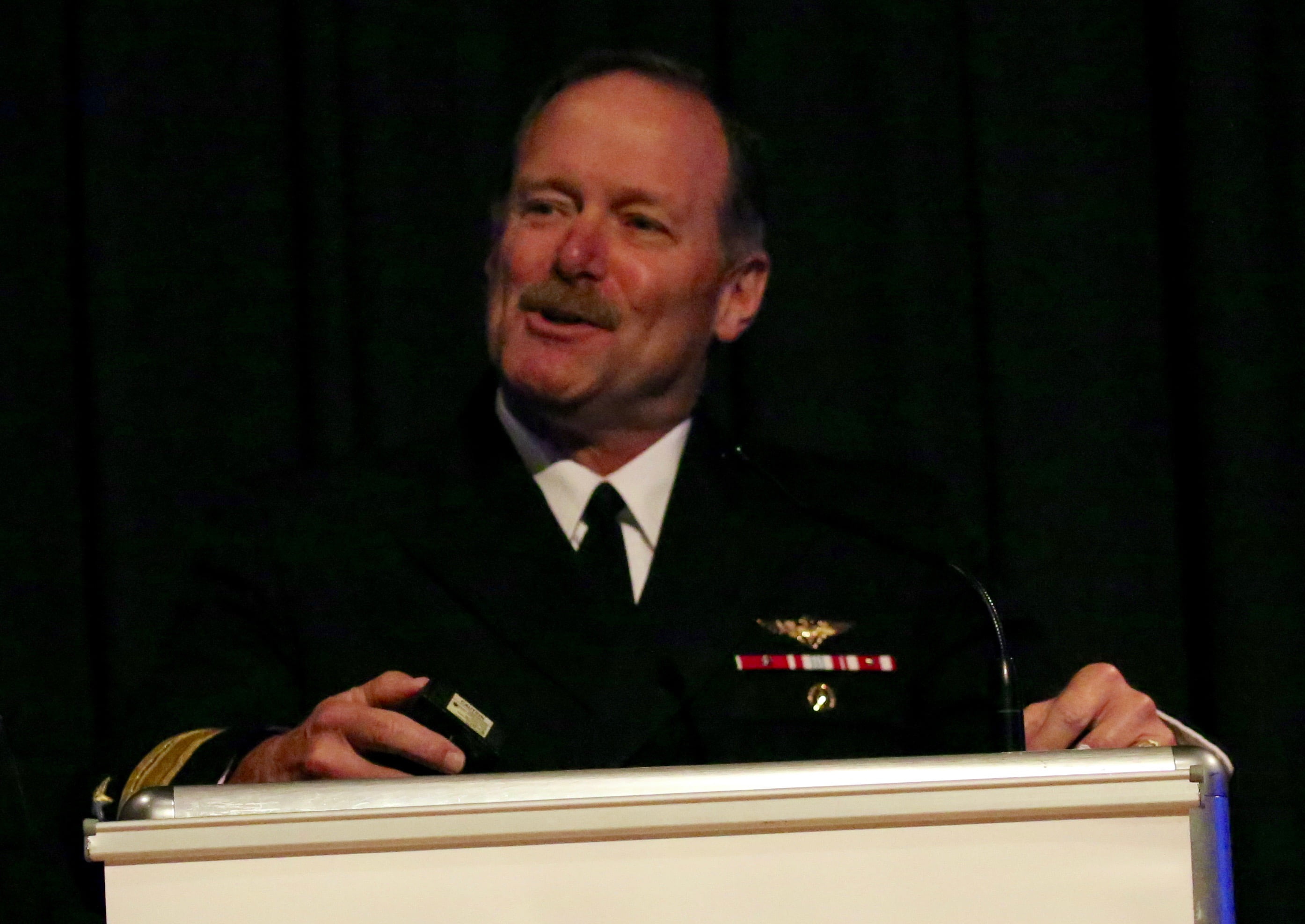2016-08-29 By Robbin Laird
The lead off speaker at the Williams Foundation seminar on air-land integration was Rear Admiral Manazir.
Rear Admiral Manazir currently serves as the deputy chief of naval operations for warfare systems (OPNAV N9) on the staff of the chief of naval operations. In this capacity, he is responsible for the integration of manpower, training, sustainment, modernization and procurement of the Navy’s warfare systems.
His presentation focused on the strategic context for the U.S. and allied maritime forces and shaping a convergent way ahead.
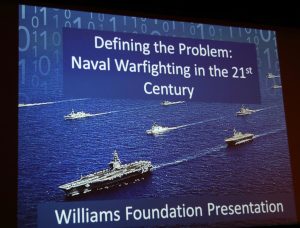
His presentation highlighted both the significance of the maritime domain for commercial operations and the emergence of peer competitors within that domain.
The U.S. and its allies are clearly concerned that the freedom of the seas, and rule of law be exercised by the global maritime nations.
Equally obvious is the concern that rival maritime powers are committed to their own interpretation of the rules of the road and are building capabilities to seek to implement their will in the maritime domain.
The question is how can the allies shape convergent capabilities to ensure that the global commons remain open, and not controlled by powers seeking to enforce their will against the allied powers?
Rear Admiral Manazir highlighted the kill web approach as a way to shape more effective integration of force and convergence of efforts.
The kill chain is a linear concept which is about connecting assets to deliver fire power; the kill web is about distributed operations and the ability of force packages or task forces to deliver force dominance in an area of interest.
It is about building in integration from the ground up so that forces can work seamlessly together through multiple networks, rather than relying on a single point of failure large network.
Later in the seminar, both the Chief of Navy, Vice Admiral Barrett, and Rear Admiral Mayer, Commander Australian Fleet, underscored similar approaches to the one introduced by Rear Admiral Manazir.
In his presentation at the conference, Vice Admiral Barrett underscored that “we are not building an interoperable navy; we are building an integrated force for the Australian Defence Force.”
He drove home the point that ADF integration was crucial in order for the ADF to support government objectives in the region and beyond and to provide for a force capable of decisive lethality.
By so doing, Australia would have a force equally useful in coalition operations in which distributed lethality was the operational objective.
Vice Admiral Barrett noted that it is not about massing force in a classic sense; it is about shaping a force, which can maximize the adversary’s vulnerabilities while reducing our own.
Rear Admiral Mayer focused specifically on the networking aspect of the kill web and how to make it work.
He highlighted that the Navy was returning to a task force concept but one which was 21st century in character, whereby Navy was tapping into ground and air assets as “part” of the task force, rather than simply focusing on Navy operated assets.
This evolution of the task force, clearly in the mode of what the US Navy is referring to as the “kill web,” will require the evolution of capabilities, both in terms of connectivity, and training. During the seminar he characterized as the network as a weapon system with “no single master.”
It was important to shape a way ahead for the joint force to work within the evolving networks in order to effectively operate in a distributed task force sense.
“Each service is underpinning its platforms with elements of a common network.
“There is increased overlap thereby for the air and sea forces. How should we best develop our joint concepts of operations and joint capability?”
And later in the seminar the perspective of the Royal Navy was provided by Captain Nick Walker, Royal Navy, with regard to the coming impact of the Queen Elizabeth Class carriers.
His presentation highlighted that the impact of the new carriers was joint through and through and was about empowering the British defense force to operate throughout the spectrum of conflict.
It was about not simply adding a new ship, but shaping a networked enabled capability able to operate to serve national interests or to support coalition operations.
Captain Walker quoted the most recent Strategic Defence Review with regard to the Queen Elizabeth Class carriers as follows:

Captain Walker highlighted as well the Royal Navy’s own approach to the kill web concept in terms such as the Type 45 destroyer could operate as the wingman of an F-35B coming off the Queen Elizabeth carrier.
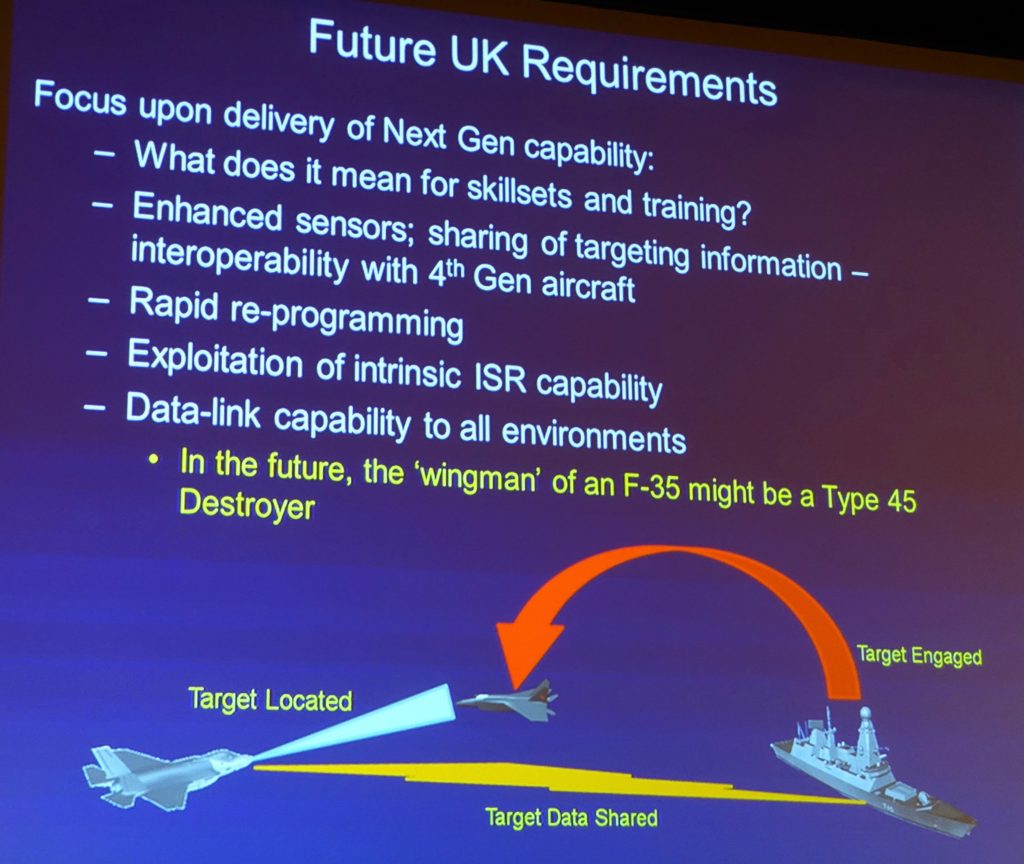
In short, Rear Admiral Manazir was part of an Australian and Allied re-think about the way ahead.
When asked after the seminar about his reactions to the seminar and his meetings in Australia, he underscored that he found a significant among of innovative thinking going on generated by the Williams seminar.
“The Williams Foundation is coalescing around a lot of the issues that we’re trying to solve.
Most often the public discussions are mostly about resources.
That conversation is important but the discussion, which Williams set in motion, is about how to develop a different kind of navy.
The conversation has got to be along the lines of what we had today if we are going to get it right. For this, I thank the Williams Foundation.”
When asked what he thought about the presentations of his Australian peers, Rear Admiral Manazir had this to say:
“I thought the Fleet Commander was very, very good. He understands his trade and he speaks comfortably about his trade. And he understands where the Navy needs to go. What I took from Vice Admiral Barrett was his vision and his passion about that vision. He’s obviously a bold leader.
I see great examples in the Australian Navy of the kind of bold and competent leadership necessary for us collectively succeed.”
When asked about the UK presentation and perspective, Rear Admiral Manazir underscored that what impressed him most was the emphasis on the strategic role which Air and Naval modernization was being accorded by the UK government.
“The new carrier is being viewed as a government strategic asset, not simply a new platform, in and of itself. The British government is clearly investing in the Queen Elizabeth class of aircraft carriers.
And I’m so very happy that we still are committed to an aircraft carrier force; that we don’t have to go back and reaffirm our commitment to that force but can move ahead with re-shaping its role and capabilities in the period ahead, in the period of building the kill web.”
Finally, he highlighted what he sees as a key leadership role exercised by the Royal Australian Air Force and its Plan Jericho approach and mentality.
“Let me add my admiration of the approach that the RAAF has taken over the last 7-10 years.
“They have bought their platforms with an eye to interoperability inside the ADF, and with coalition partners, with key regard to the United States as well.
“RAAF leaders, energized by Geoff Brown’s forward-thinking approach, have already moved past the platform replacement approach and are focusing on capabilities delivered by networked combat power.”
The slideshow above highlights the uniformed presenters at the seminar as well as the leadership of the Williams Foundation.
For our earlier interviews with Rear Admiral Manazir and related materials, see the following:
https://sldinfo.com/admiral-manazir-on-the-impact-of-global-partnerships-for-deterrence-in-depth/


